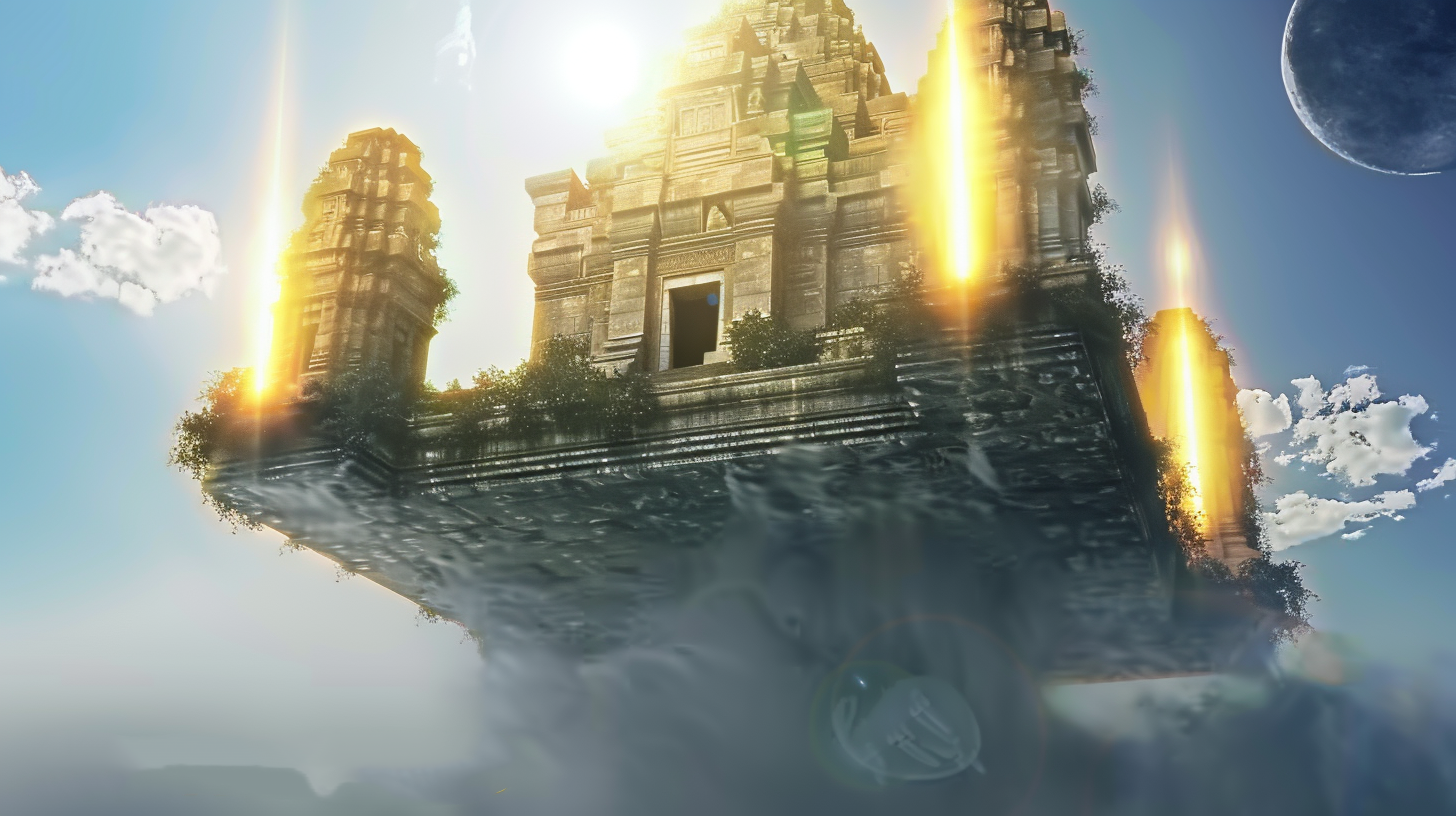Deep within Sirpur, India, stands the Surang Tila Temple, a testament to the ingenuity of craftsmen from ancient times. Dating back to the 7th century AD, this architectural marvel remained hidden for centuries, buried beneath the earth after an earthquake in the 11th century. Despite the tumultuous events it endured, the temple remained resilient, safeguarding its intricate design and construction methods.
The temple’s preservation has intrigued archaeologists, prompting them to explore the hidden mysteries concealed within its structure. They credit its survival to advanced construction methods rooted in the principles of Ayurvedic or Vedic architecture. These ancient techniques, originating from Indian scriptures, demonstrate a profound understanding of design and engineering.
In a pursuit of knowledge, scholar Giorgio Tsoukalos embarked on a journey to India in March 2017, where he met with archaeologist Dr. Arun Sharma, the principal investigator of the Surang Tila Temple excavation. Together, they admired the grandeur of the temple and contemplated the significance of its architectural components.

Central to the temple’s construction is a peculiar adhesive paste, similar to a type of glue, that binds the stones together. Its durability surpasses that of modern concrete, yet its composition perplexes contemporary builders. Elaborate instructions for creating this paste are outlined in the ancient Indian manuscript, the Mayamatam, emphasizing construction methods.
Legend has it that the wisdom preserved in these manuscripts was bestowed upon humanity by Mayasura, the ancient demigod king overseeing Earth’s construction endeavors. This mythical narrative, with celestial origins, hints at a possible connection between ancient civilizations and extraterrestrial entities.
A closer inspection of the Surang Tila Temple uncovers more engineering wonders, such as 80-foot-long shafts strategically positioned to endure seismic forces. These features, combined with the temple’s enduring resilience, ignite speculations about the origins of such advanced knowledge.
Advocates argue that the Surang Tila Temple represents merely a glimpse of the technological proficiency described in ancient Sanskrit texts. They contend that these manuscripts offer glimpses into a bygone era where interactions between humans and extraterrestrial beings influenced the trajectory of human civilization.
By deciphering the enigmatic ancient building techniques, we confront inquiries that transcend temporal and spatial boundaries. What enigmas lie concealed within the aged scrolls? Could our predecessors have possessed wisdom beyond our grasp, conceivably stemming from extraterrestrial origins?
As we persist in unraveling our past, the Surang Tila Temple emerges as a captivating subject, serving as a reminder of the intricate tapestry of history and the enigmatic connections that bind us to the universe.
